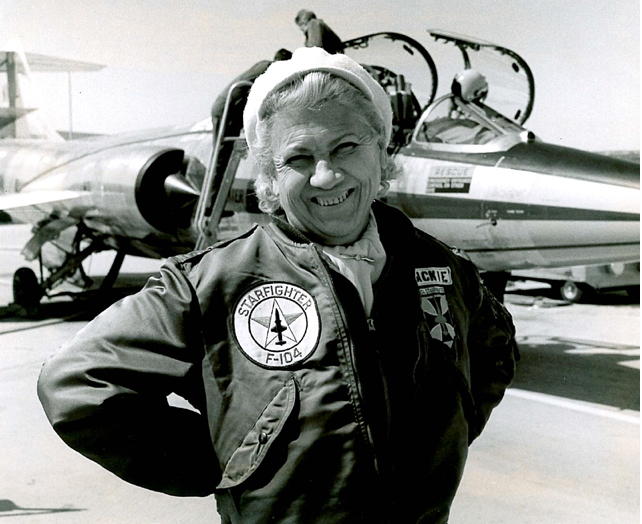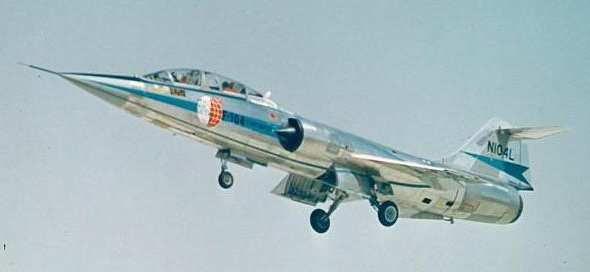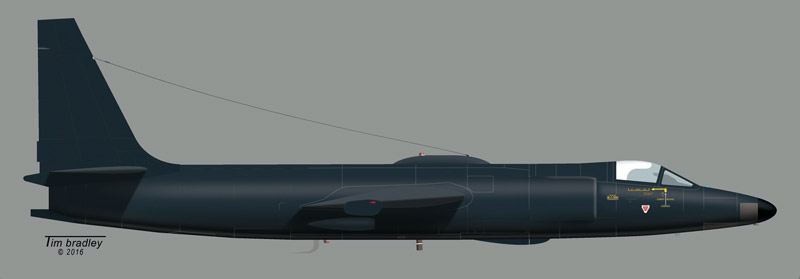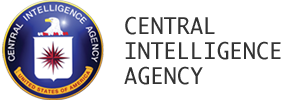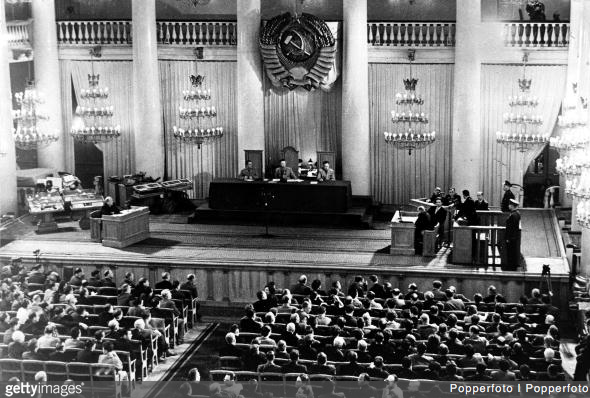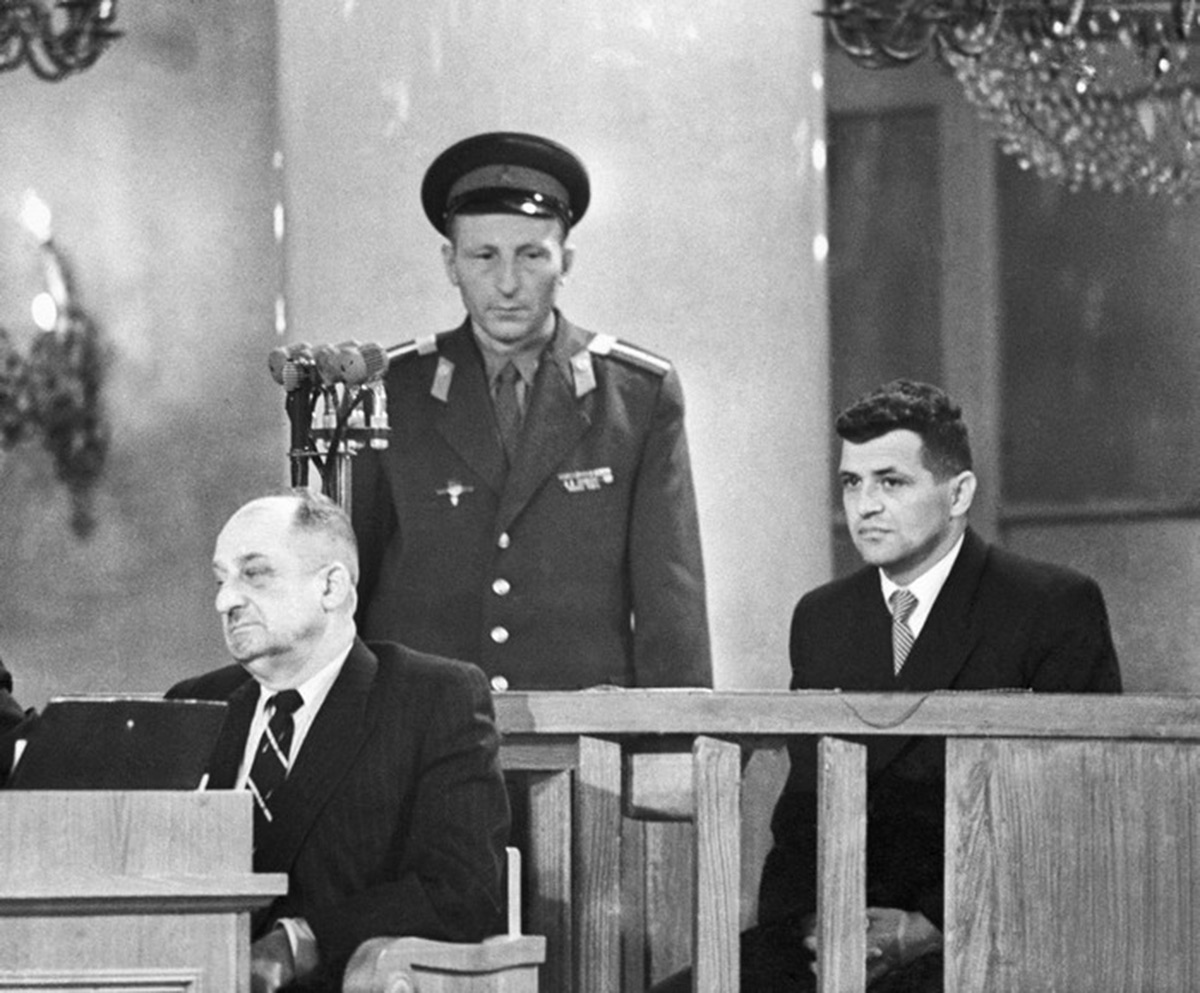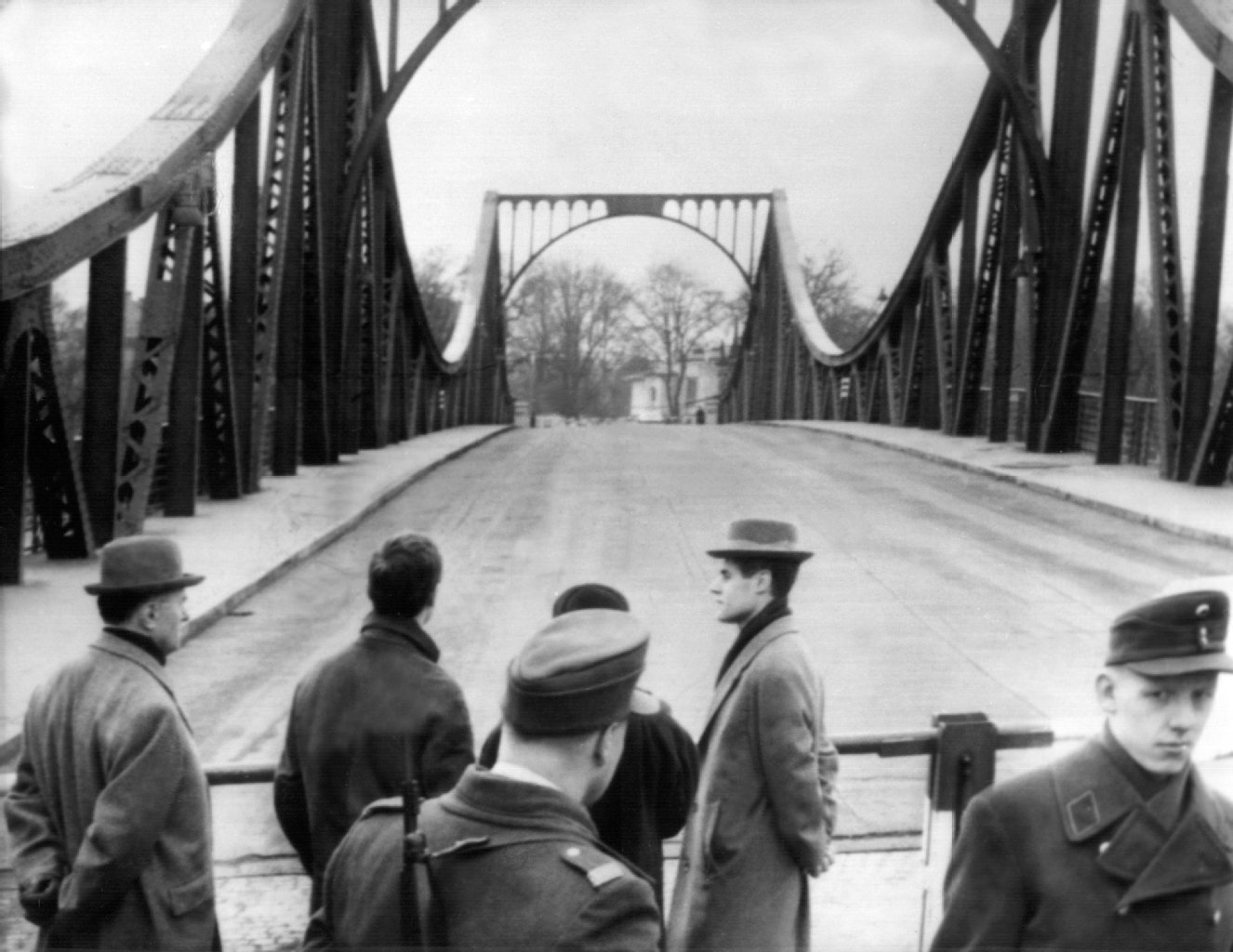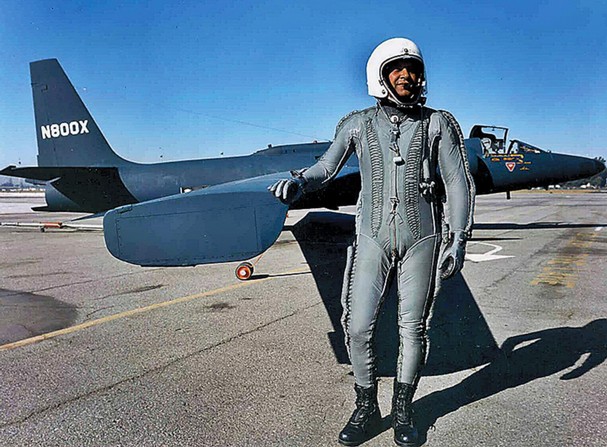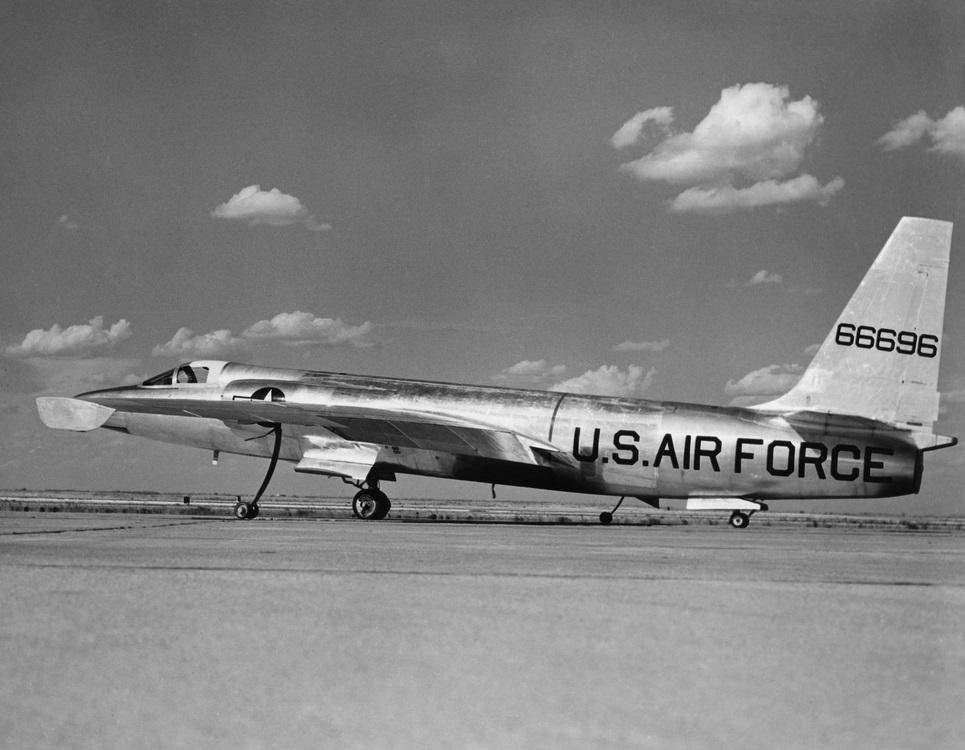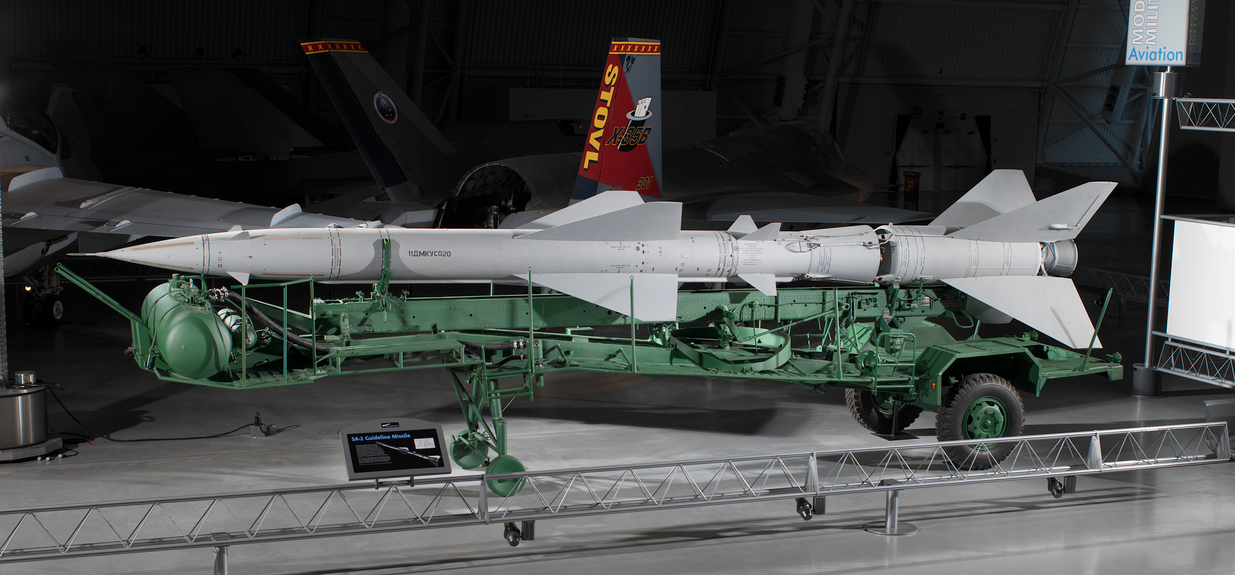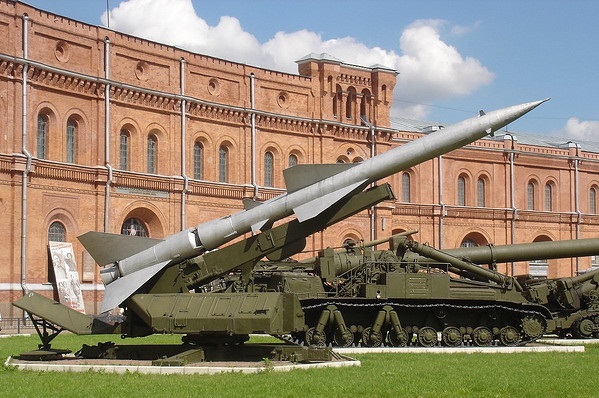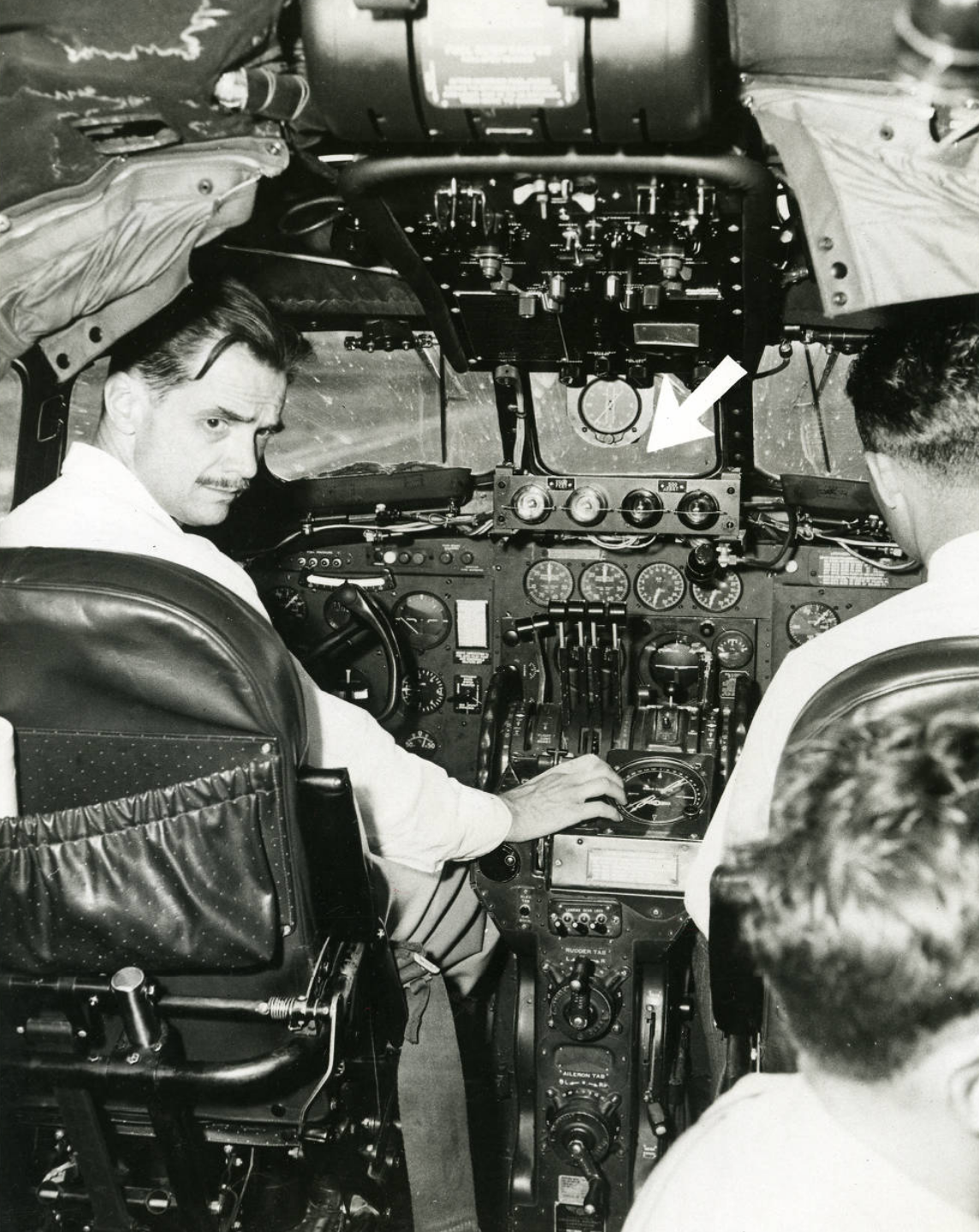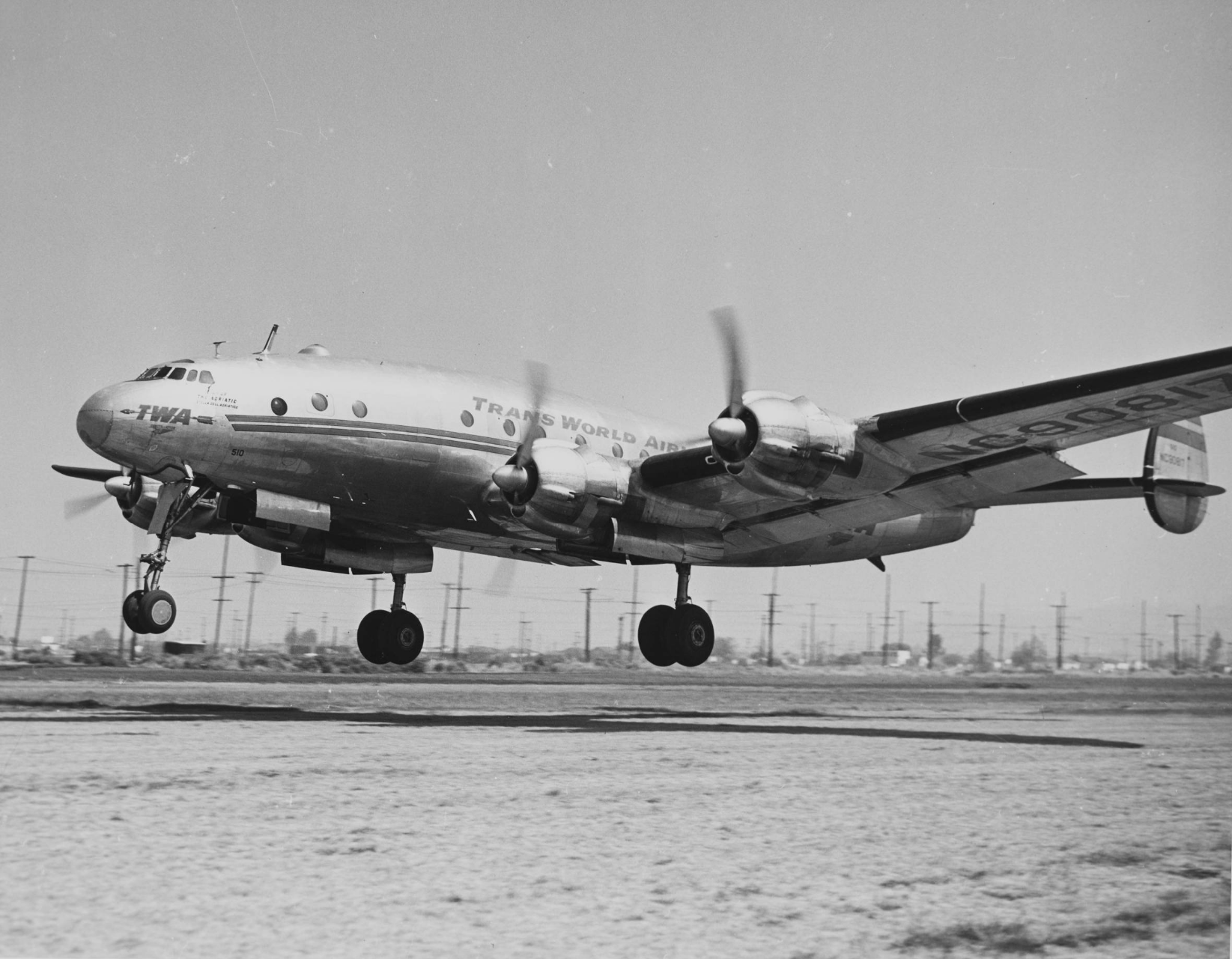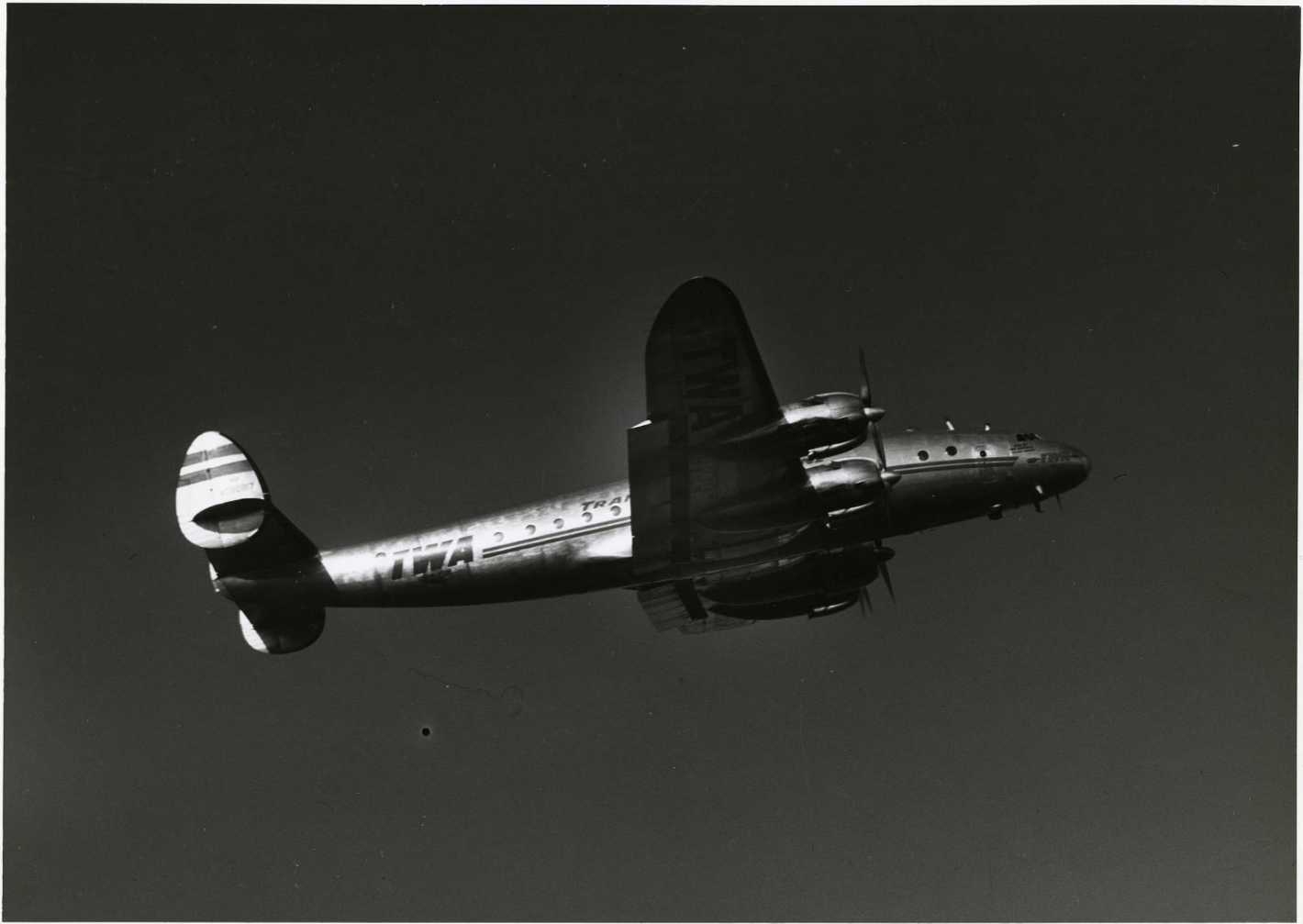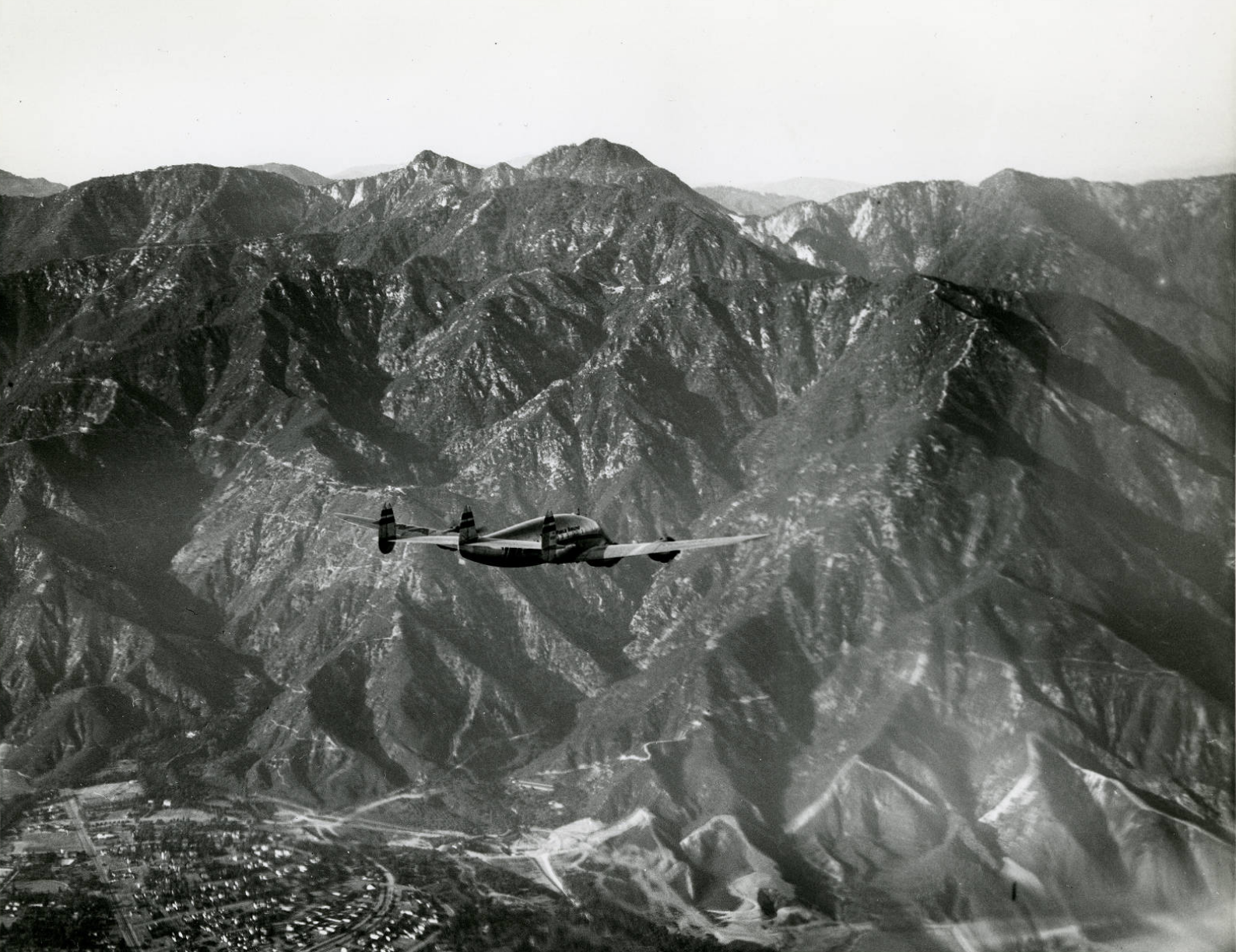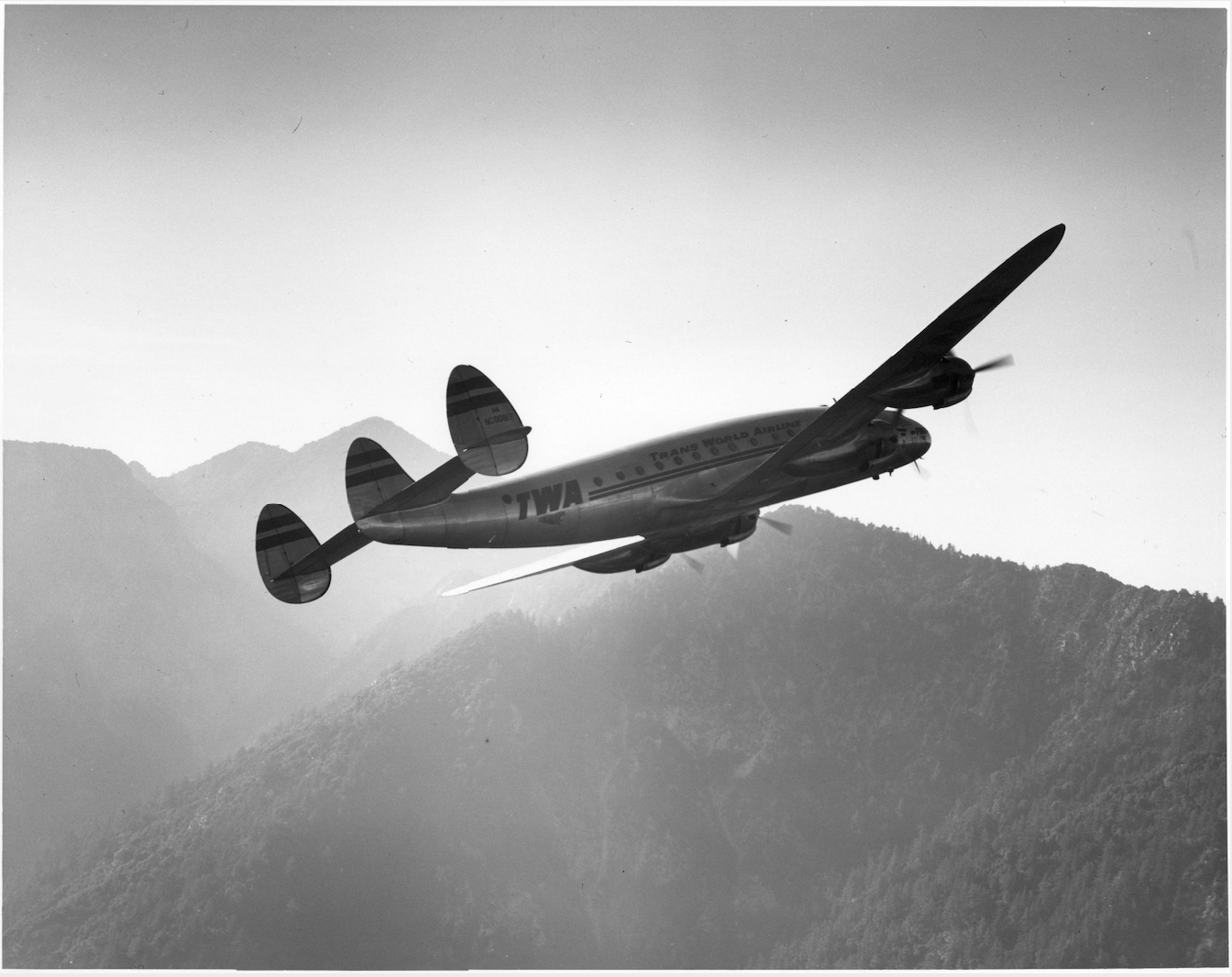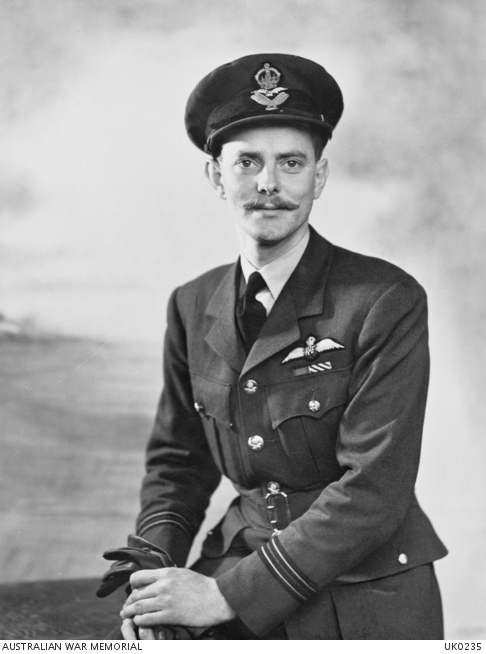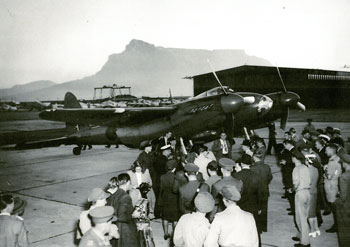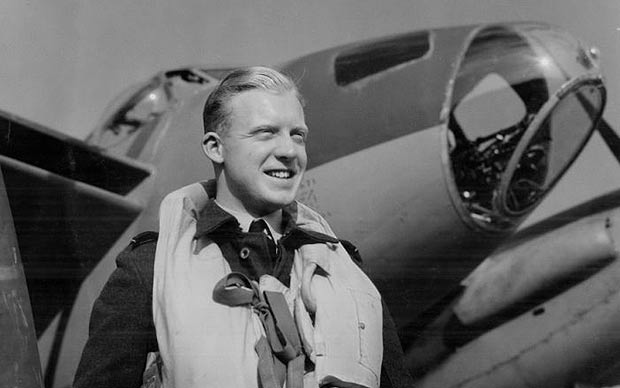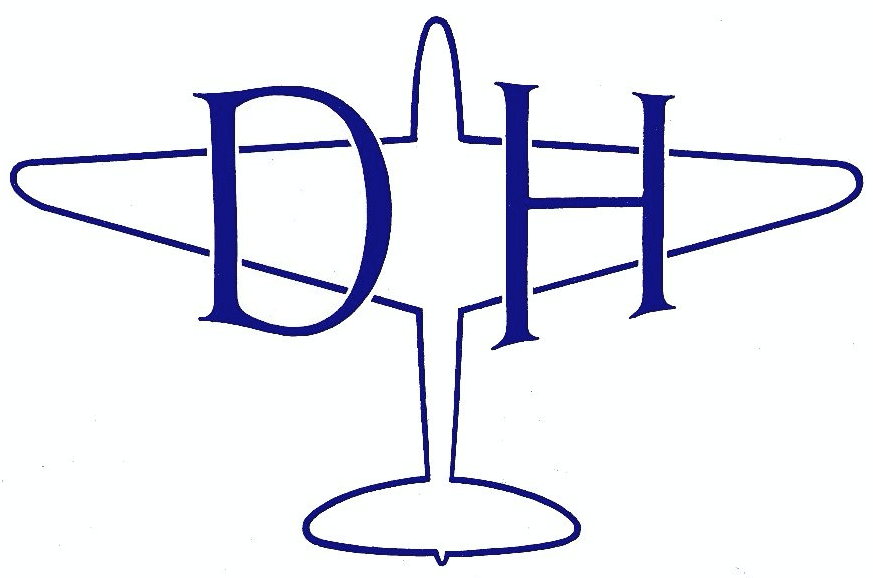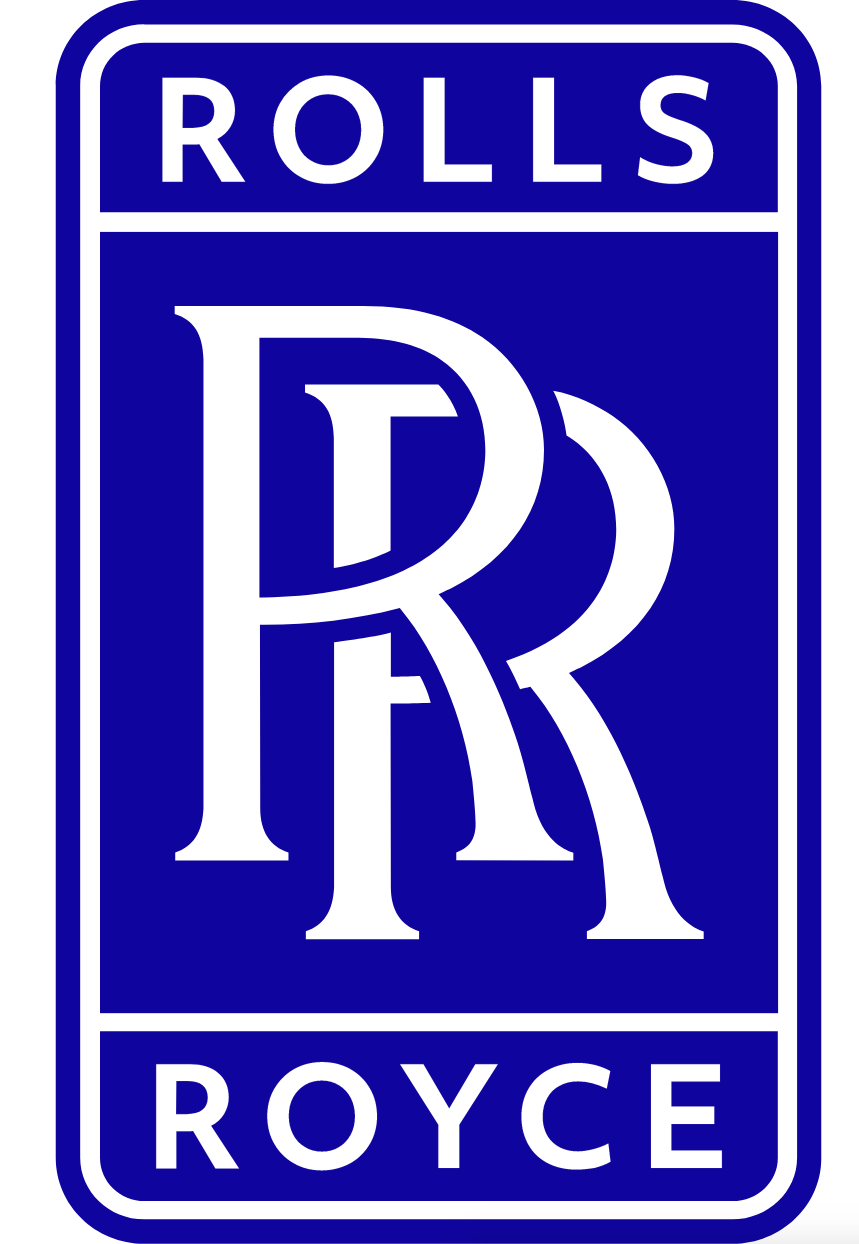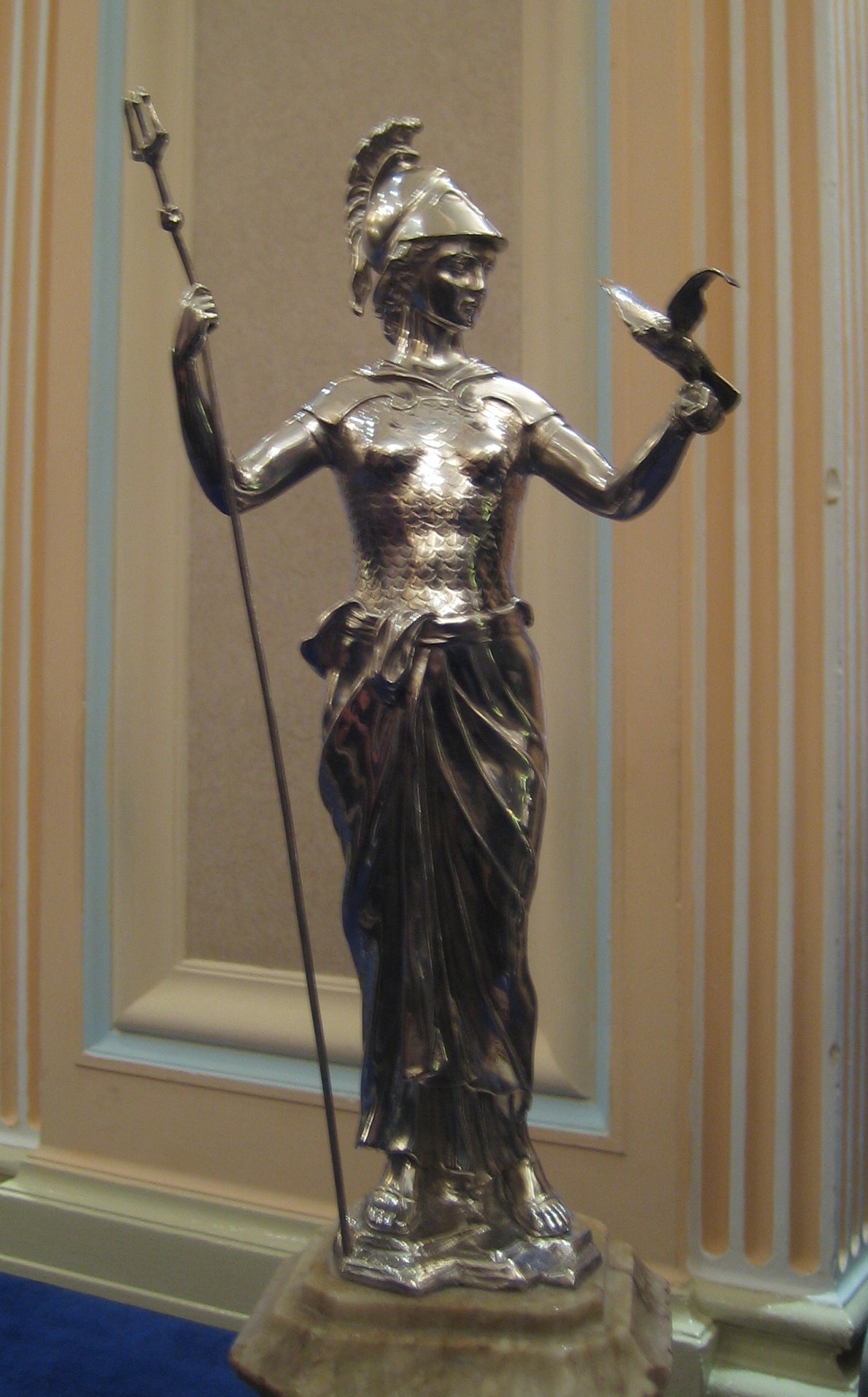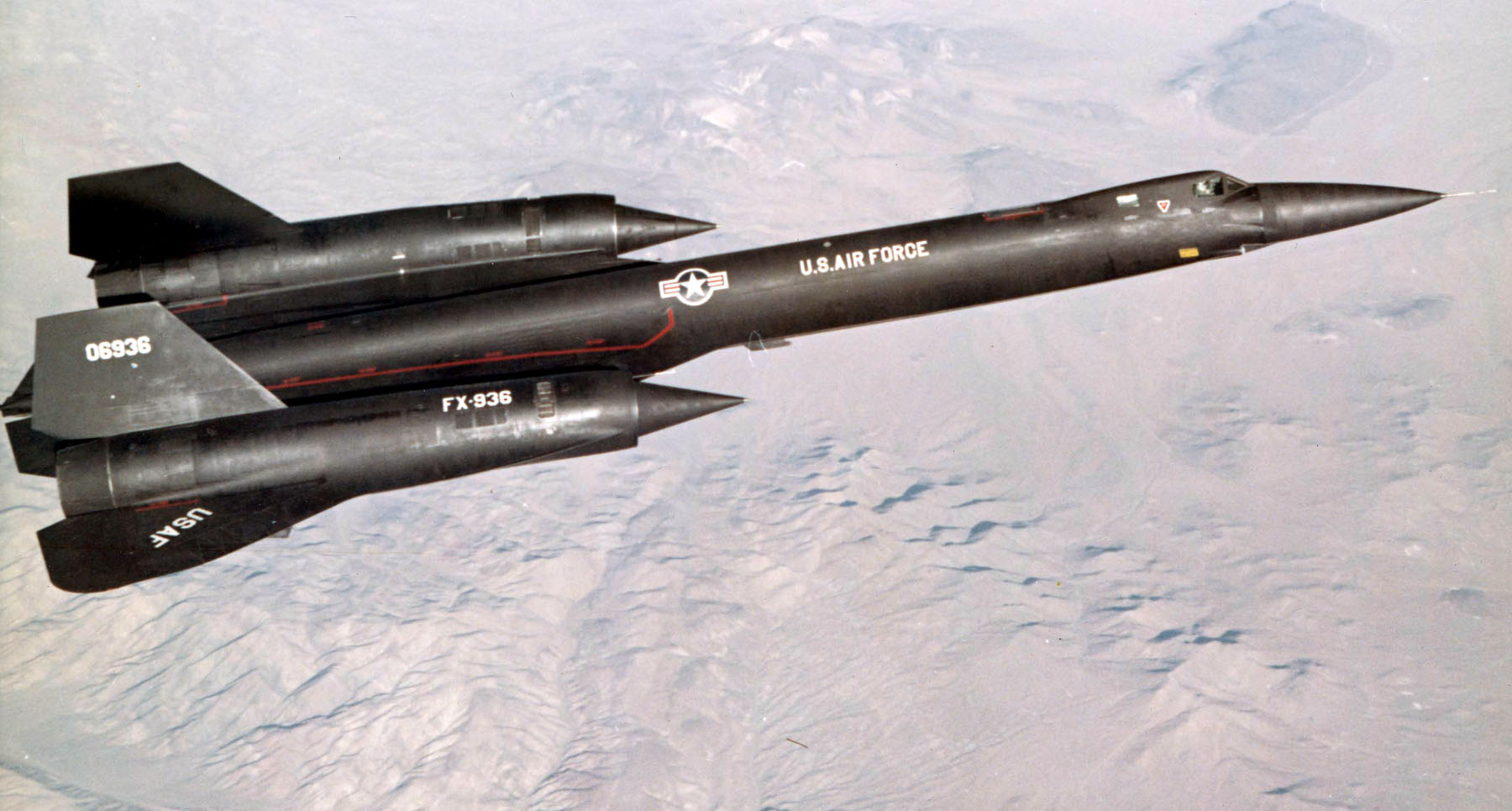
 1 May 1965: Lockheed YF-12A 60-6936 established five Fédération Aéronautique Internationale (FAI) World Records for Speed: 3,351.507 kilometers per hour (2,070.102 m.p.h.) over a 15/25 Kilometer Straight Course; 2,644.22 kilometers per hour (1,643.04 miles per hour) over a 500 Kilometer Closed Circuit; and 2,718.01 kilometers per hour (1,688.89 miles per hour) over a 1,000 Kilometer Closed Circuit. On the same day, 6936 set an FAI World Record for Altitude in Horizontal Flight of 24,463 meters (80,259 feet).
1 May 1965: Lockheed YF-12A 60-6936 established five Fédération Aéronautique Internationale (FAI) World Records for Speed: 3,351.507 kilometers per hour (2,070.102 m.p.h.) over a 15/25 Kilometer Straight Course; 2,644.22 kilometers per hour (1,643.04 miles per hour) over a 500 Kilometer Closed Circuit; and 2,718.01 kilometers per hour (1,688.89 miles per hour) over a 1,000 Kilometer Closed Circuit. On the same day, 6936 set an FAI World Record for Altitude in Horizontal Flight of 24,463 meters (80,259 feet).
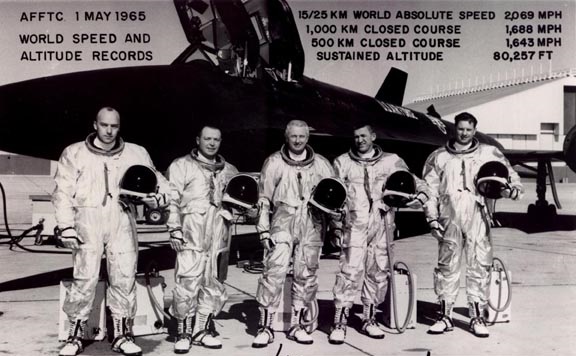
The YF-12A interceptor prototype was flown by pilots Major Walter F. Daniel and Colonel Robert L. Stephens, with fire control officers Lieutenant Colonel Daniel Andre, Major Neil T. Warner and Captain James P. Cooney. Colonel Stephens and Lieutenant Colonel Andre were awarded the Thompson Trophy for the “J” Division, 1965. Their trophy is in the collection of the National Museum of the United States Air Force.
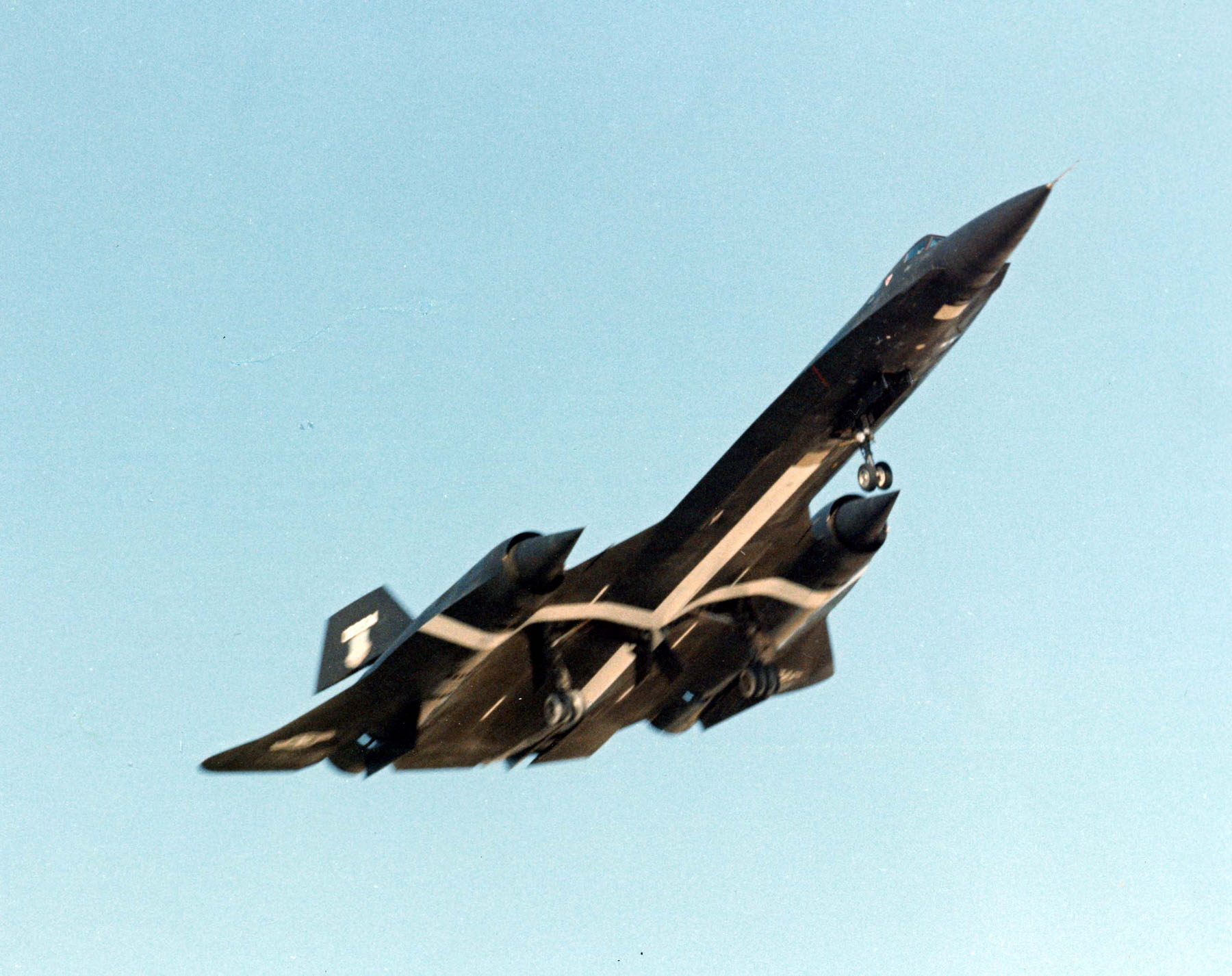
FAI Record File Num #3972 [Direct Link]
Status: ratified – retired by changes of the sporting code
Region: World
Class: C (Powered Aeroplanes)
Sub-Class: C-1 (Landplanes)
Category: Not applicable
Group: 3 : turbo-jet
Type of record: Speed over a closed circuit of 1 000 km with 1 000 kg payload
Performance: 2 718.01 km/h
Date: 1965-05-01
Course/Location: Edwards AFB, CA (USA)
Claimant Walter F. Daniel (USA)
Aeroplane: Lockheed YF-12A (06936)
Engines: 2 Pratt & Whitney J-58/JTD11D-20A
FAI Record File Num #3973 [Direct Link]
Status: ratified – retired by changes of the sporting code
Region: World
Class: C (Powered Aeroplanes)
Sub-Class: C-1 (Landplanes)
Category: Not applicable
Group: 3 : turbo-jet
Type of record: Speed over a closed circuit of 1 000 km with 2 000 kg payload
Performance: 2 718.01 km/h
Date: 1965-05-01
Course/Location: Edwards AFB, CA (USA)
Claimant Walter F. Daniel (USA)
Aeroplane: Lockheed YF-12A (06936)
Engines: 2 Pratt & Whitney J-58/JTD11D-20A
FAI Record File Num #8534 [Direct Link]
Status: ratified – retired by changes of the sporting code
Region: World
Class: C (Powered Aeroplanes)
Sub-Class: C-1 (Landplanes)
Category: Not applicable
Group: 3 : turbo-jet
Type of record: Altitude in horizontal flight
Performance: 24 463 m
Date: 1965-05-01
Course/Location: Edwards AFB, CA (USA)
Claimant R.L. Stephens (USA)
Aeroplane: Lockheed YF-12A
Engines: 2 Pratt & Whitney J-58/JTD11D-20A
FAI Record File Num #8855 [Direct Link]
Status: ratified – retired by changes of the sporting code
Region: World
Class: C (Powered Aeroplanes)
Sub-Class: C-1 (Landplanes)
Category: Not applicable
Group: 3 : turbo-jet
Type of record: Speed over a closed circuit of 500 km without payload
Performance: 2 644.22 km/h
Date: 1965-05-01
Course/Location: Edwards AFB, CA (USA)
Claimant Walter F. Daniel (USA)
Aeroplane: Lockheed YF-12A
Engines: 2 Pratt & Whitney J-58/JTD11D-20A
FAI Record File Num #8926 [Direct Link]
Status: ratified – retired by changes of the sporting code
Region: World
Class: C (Powered Aeroplanes)
Sub-Class: C-1 (Landplanes)
Category: Not applicable
Group: 3 : turbo-jet
Type of record: Speed over a closed circuit of 1 000 km without payload
Performance: 2 718.006 km/h
Date: 1965-05-01
Course/Location: Edwards AFB, CA (USA)
Claimant Walter F. Daniel (USA)
Aeroplane: Lockheed YF-12A
Engines: 2 Pratt & Whitney J-58/JTD11D-20A
FAI Record File Num #9059 [Direct Link]
Status: ratified – retired by changes of the sporting code
Region: World
Class: C (Powered Aeroplanes)
Sub-Class: C-1 (Landplanes)
Category: Not applicable
Group: 3 : turbo-jet
Type of record: Speed over a straight 15/25 km course
Performance: 3 331.507 km/h
Date: 1965-05-01
Course/Location: Edwards AFB, CA (USA)
Claimant R.L. Stephens (USA)
Aeroplane: Lockheed YF-12A
Engines: 2 Pratt & Whitney J-58/JTD11D-20A
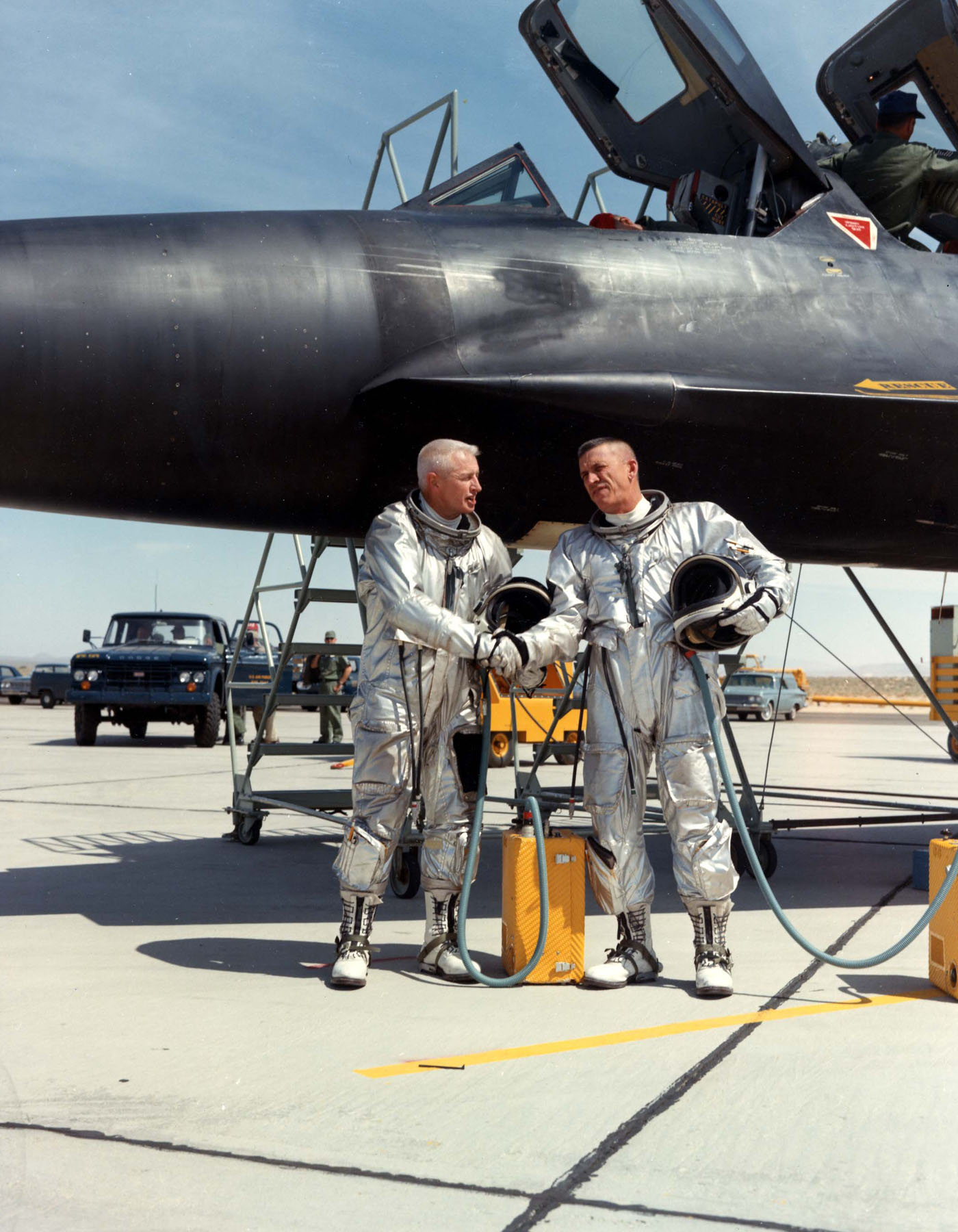
60-6936 was one of three Mach 3 YF-12A interceptors designed and built by Kelly Johnson’s “Skunk Works”. It was developed from the CIA’s Top Secret A-12 Oxcart reconnaissance airplane. The YF-12A was briefly known as the A-11, which was a cover story to hide the existence of the A-12. Only three were built. The Air Force ordered 93 F-12B interceptors into production as a replacement for the Convair F-106A Delta Dart, but for three straight years Secretary of Defense Robert S. McNamara refused to release the funds that had been appropriated. In 1968, the F-12B project was cancelled.
On 24 June 1971, 60-6936 suffered an in-flight fire while on approach to Edwards Air Force Base. The crew successfully ejected and the airplane crashed a few miles to the north of EDW. It was totally destroyed.
The only surviving example of a YF-12A, 60-6935, is in the collection of the National Museum of the United States Air Force.
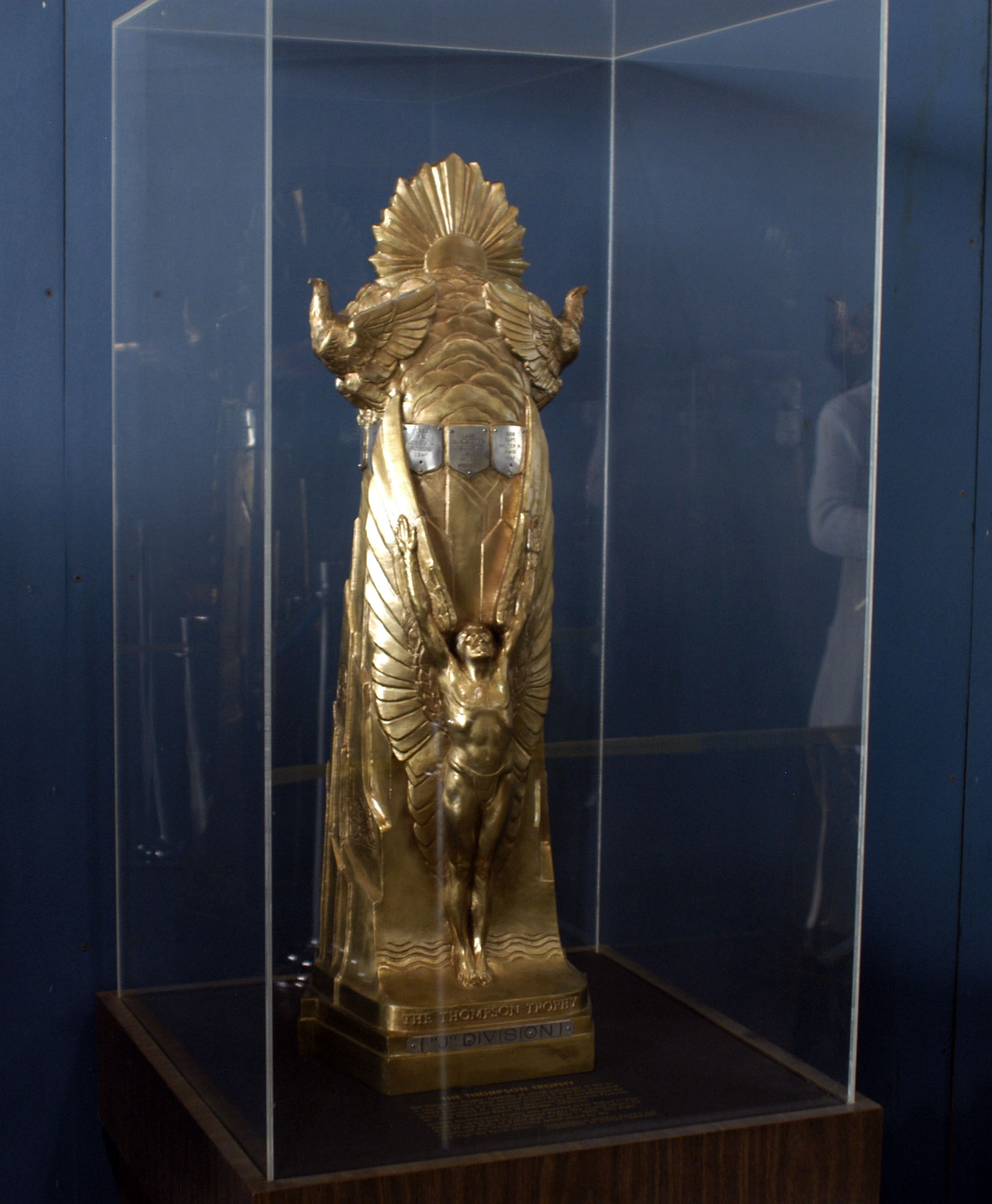
© 2016, Bryan R. Swopes
